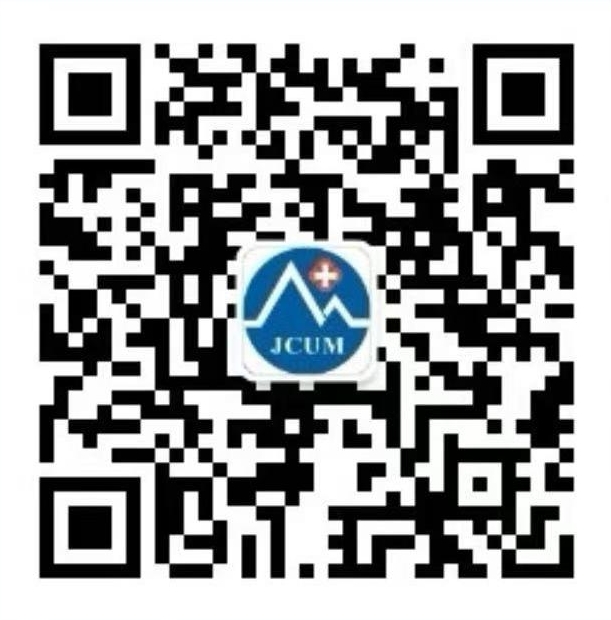应用VTQ技术测量肝脏SWV在HBV感染所致慢加急性肝衰竭患者病情评估及预测预后的临床价值初步研究
作者:
作者单位:
1.深圳市第三人民医院 超声科;2.深圳市第三人民医院
作者简介:
通讯作者:
中图分类号:
基金项目:
国家自然科学基金重点项目(61031003)、国家自然科学基金面上项目(81471735,81570552)、
Clinical Value of VTQ Technique in Measuring the Condition of Liver SWV in Patients with Acute-on-chronic liver failure Caused by HBV Infection and Predicting Prognosis
Author:
Affiliation:
1.Third people''2.''3.s Hospital of Shenzhen;4.the Third People’s Hospital of Shenzhen
Fund Project:
National Natural Science Foundation of China
引用本文
包明稳,董常峰,冯程.应用VTQ技术测量肝脏SWV在HBV感染所致慢加急性肝衰竭患者病情评估及预测预后的临床价值初步研究[J].临床超声医学杂志,2019,21(2):
复制相关视频
分享
文章指标
- 点击次数:
- 下载次数:
- HTML阅读次数:
历史
- 收稿日期:2018-07-23
- 最后修改日期:2018-09-10
- 录用日期:2018-09-12
- 在线发布日期: 2019-03-13
- 出版日期:
文章二维码






